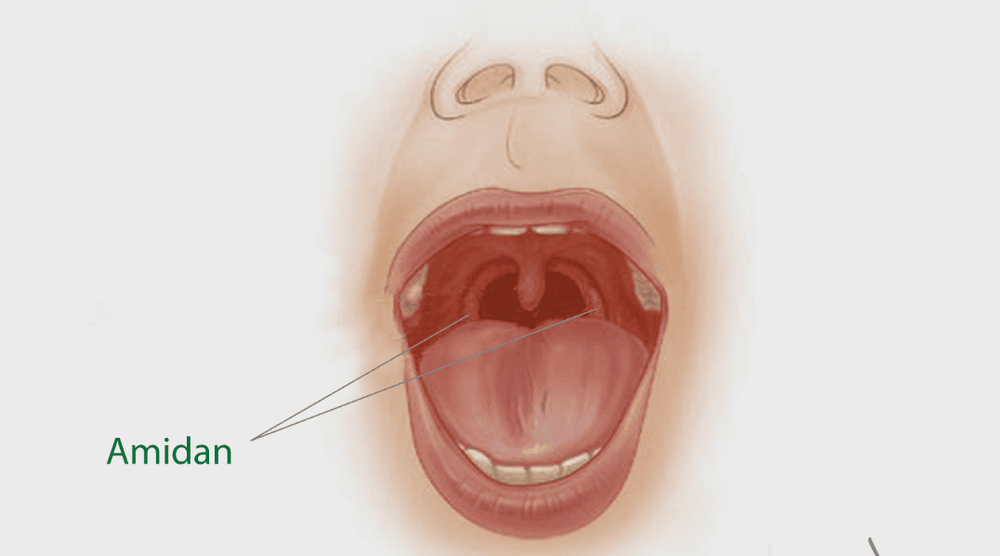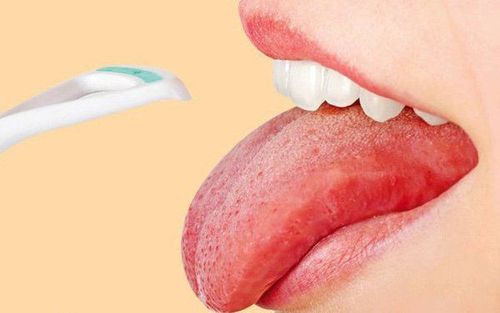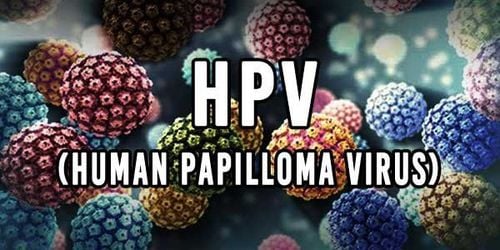This is an automatically translated article.
As a taste organ, the human tongue is strong and very special, helping us to fully appreciate the taste of life, mainly through food and water. We use our tongues in many activities every day. So do you know what the tongue has and other interesting things?
1. Tongue is made up of 8 muscles
The healthy human tongue looks like a large muscle mass, often hailed as the strongest muscle mass in the body. But there are actually 4 muscles that help the tongue change shape, and 4 more muscles that help the tongue move around. All 8 muscles are grouped into a complete tongue by the mucous membrane.
These muscles run in different directions to do all the work of the tongue. The front part of the tongue is very flexible, can move widely around, combining with the teeth to create different words. This part also helps you eat by moving food around your mouth while chewing, then pushing the food against your back teeth to crush it, and finally aiding swallowing. The muscles at the back of the tongue also help make certain sounds.
2. A healthy human tongue has about 5,000 - 10,000 taste buds
The red bumps that you see and feel on the tongue are not taste buds, they are called papillae. The papillae help hold and mix food while you chew. Each papilla can contain several thousand taste buds within. You can also find taste buds on the inside of your cheeks, the back of your throat, and other parts of your mouth.

Nhú gai đóng vai trò giữ và trộn đều thức ăn khi nhai
3. Taste buds renew every 2 weeks
Just as skin cells die and regenerate, taste buds are periodically renewed. Their life cycle is about 14 days. This means that every day, about 10% of the taste buds on your tongue are tasked with tasting flavors for the first time.
4. Your taste buds will become weaker as you get older
As you get older, some taste buds stop renewing. As a result, the elderly have only about 5,000 active taste buds, almost half that of children, and the adult healthy tongue.
5. Tongue can't detect spicy taste
Science has named five official tastes: sweet, sour, bitter, salty and umami (delicious meat). Spicy is not a taste, but a pain signal. Many people think that foods are spicy, but in fact they cause nerves in the tongue to transmit "pain and burning" signals from the mouth to the brain.
6. All parts of the tongue taste 5 flavors
Although the sides of your tongue are more sensitive to flavors than the middle, every part of your tongue can taste all 5 flavors equally. In other words, the tongue is not divided into different areas to taste specific tastes. The taste map of the tongue is considered one of the 15 great mistakes of modern knowledge.

5 hương vị đều có thể cảm nhận được từ các bộ phận của lưỡi
7. Tongue has black/white hairs and is cracked
Black or white tongue hair is a harmless buildup of keratin on the tip of the tongue. You will experience this condition when you do not clean your mouth, if you drink too much tea and coffee or due to certain medications. Meanwhile, cracked tongue or scrotal tongue is a condition that makes the tongue look wrinkled and appear many deep grooves. Deep grooves can form on your tongue as you age. They are also associated with Down syndrome, psoriasis, and Sjögren's syndrome. This condition is not harmful, you just need to brush your tongue gently to clean food and bacteria.
8. Women are more sensitive to taste than men
There are some people who are very sensitive to flavors, especially bitter and sweet. That's because they have more taste buds on the front of their tongues than most people. Such people are more likely to be women than men.
9. The ability to bend the tongue flexibly does not need genetic inheritance from parents
For years, science teachers have used flexible tongue bending as a simple genetics example. But in 1952, a study of identical twins showed that no genes were involved in this ability. Genes play only a few roles in making the tongue move more flexibly, but it is practice that makes this skill mastery.

Khả năng uốn lưỡi linh hoạt không cần gen di truyền từ bố mẹ
10. You can't swallow your tongue
You can't swallow your tongue down even with your best efforts. The base of the tongue is anchored to the base of the mouth by a strong membrane. If you look in the mirror, you will see a brake (frenulum) under your tongue. This is a thin layer of tissue that tightly connects the tongue to the bottom of the mouth. So it's fortunate that the tongue cannot be swallowed, either by accident or on purpose.
11. Ice can make the tongue less sensitive
Each taste bud is made up of cells, with sensitive, microscopic hairs. They send messages to the brain, helping to interpret signals and identify tastes. Some things can make your taste receptors less sensitive, like cold foods or drinks. If you suck on an ice cube before you have to eat something you don't like, you won't notice the unpleasant taste anymore.

Đồ uống lạnh có thể khiến thụ thể vị giác bớt nhạy cảm
12. The “friends” of the tongue
Not only the tongue, the nose also helps you taste food by smelling it before putting it in your mouth, as well as while chewing and swallowing. Strong scents can even confuse the taste buds. This also explains why when you have a cold and a stuffy nose, food loses its normal taste.
Your tongue also gets help from your teeth, lips and mouth. Teeth grind food while tongue mixes around the oral cavity. Without teeth, lips, and roof of the mouth, the tongue wouldn't be able to make the correct sounds for talking.
Saliva is also a "friend" of the tongue. A dry tongue cannot perform the function of tasting. Therefore, saliva helps to keep the tongue moist, while at the same time wetting food, making swallowing easier.
13. Tongue protects the body, avoiding disease
When asked the question of what function the tongue has, many people easily mention taste, swallow, talk, assist in food processing,... Not only that, the tongue even helps you not to get sick . The back of the tongue contains the tonsils, which are small masses of tissue, made up of cells that help filter harmful pathogens that can cause infection in the body. In addition, the appearance of your tongue can also say a lot about the state of your health.

Amidan ở lưỡi giúp lọc mầm bệnh có hại, có nguy cơ gây nhiễm trùng trong cơ thể
What is the difference between nasopharyngeal cancer with purulent tonsillitis and pharyngitis with white spots?
14. Tongue barely rests
With all the roles it plays, the tongue almost never rests. Even while you are sleeping, a healthy tongue is still busy pushing saliva into the throat to swallow. Thanks to that, we don't drool on the pillow. You can keep your tongue in tip-top shape by keeping your teeth clean and avoiding hot and spicy foods.
Customers can directly go to Vinmec Health system nationwide to visit or contact the hotline here for support.
References: webmd.com, kidshealth.org













